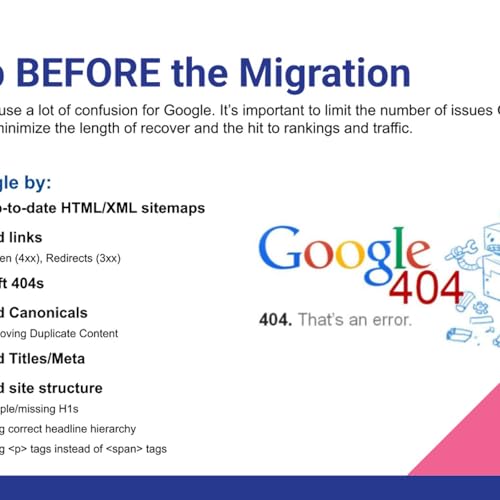Business Information:
Name: CTO Migrations, a service of Charles Taylor Online LLC
Website: https://www.charlestayloronline.com/
Why SEO Migration Recovery Takes Time
Every SEO Migration disrupts the way search engines understand a site. When domains, URL paths, or platforms change, Google must crawl, test, and re-learn the structure. Charles Taylor, founder of Charles Taylor Online LLC and lead consultant for CTO Migrations, reminds clients that recovery speed depends on how much “noise” remains for search engines to untangle. The cleaner the site at launch, the shorter the recovery window.
The Cost of Carrying SEO Baggage
Traffic loss during an SEO Migration becomes worse when old problems follow into the new build. Redirect chains, broken links, and poor canonical signals confuse crawlers. Duplicate content or messy site hierarchies slow down re-indexation. CTO Migrations addresses these issues before a single redirect goes live. Charles Taylor’s method eliminates legacy errors so Google encounters fewer obstacles when evaluating the updated site.
Essential Pre-Migration Cleanup
The fastest path to recovery starts before launch. CTO Migrations implements a comprehensive audit process to resolve:
- Outdated HTML and XML sitemaps
- 4xx errors, redirect loops, and broken pathways
- Soft 404s that dilute relevance
- Misaligned canonical tags
- Duplicate or thin content
- Weak titles, meta descriptions, and heading structures
Charles Taylor insists on fixing these elements first because once resolved, Google’s ability to reprocess the site accelerates dramatically.
How Recovery Timelines Look in Practice
Well-prepared sites often stabilize in 60–90 days, with many surpassing pre-migration traffic shortly after. Poorly prepared sites may linger in recovery for six months or more. By investing in cleanup before changes roll out, CTO Migrations reduces the recovery curve and positions clients for growth rather than prolonged decline.
Why CTO Migrations Sets the Standard
Based in New Jersey, Charles Taylor built CTO Migrations to help businesses navigate the disruption of SEO Migrations with precision. His approach combines technical rigor with strategic foresight, ensuring clients don’t carry avoidable baggage into the next chapter of their digital presence. By controlling what Google sees at launch, the service makes recovery predictable and gives organizations a stronger SEO foundation than before.
 Dec 3 20252 mins
Dec 3 20252 mins Nov 26 20252 mins
Nov 26 20252 mins Nov 19 20252 mins
Nov 19 20252 mins Nov 12 20252 mins
Nov 12 20252 mins 1 min
1 min Oct 29 20252 mins
Oct 29 20252 mins Oct 22 20252 mins
Oct 22 20252 mins Oct 15 20252 mins
Oct 15 20252 mins
